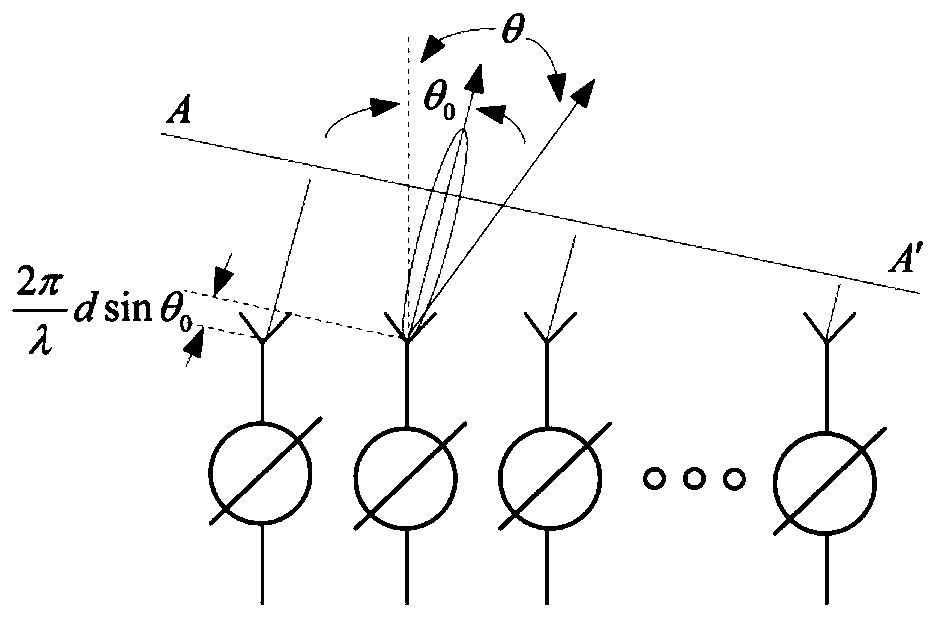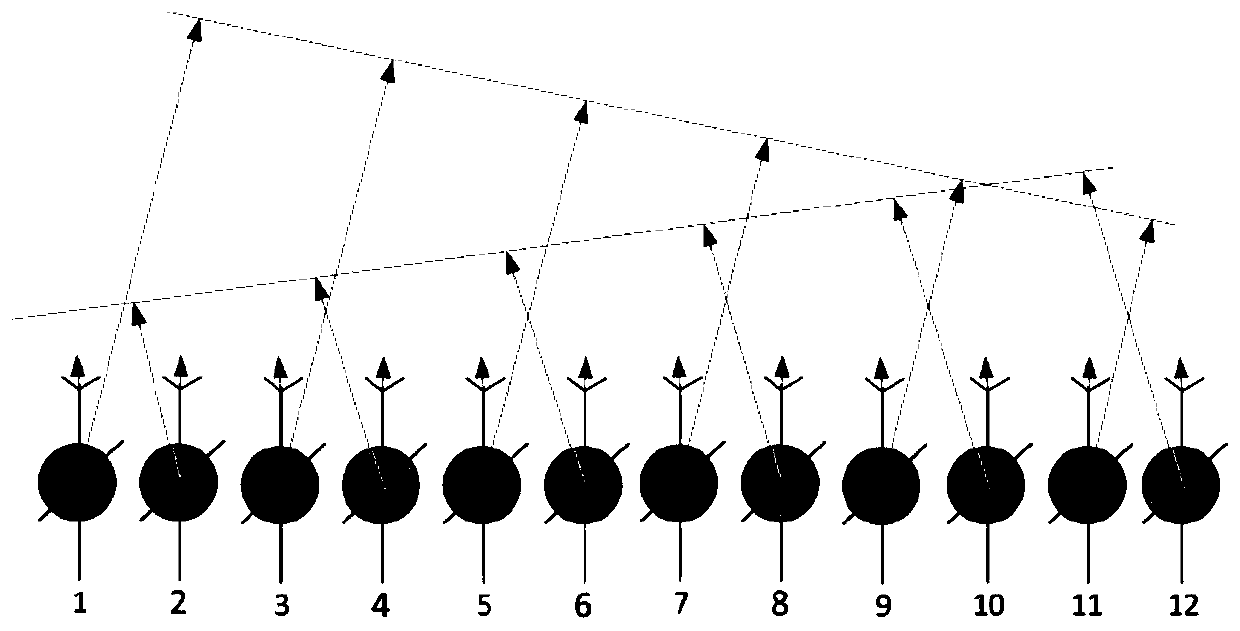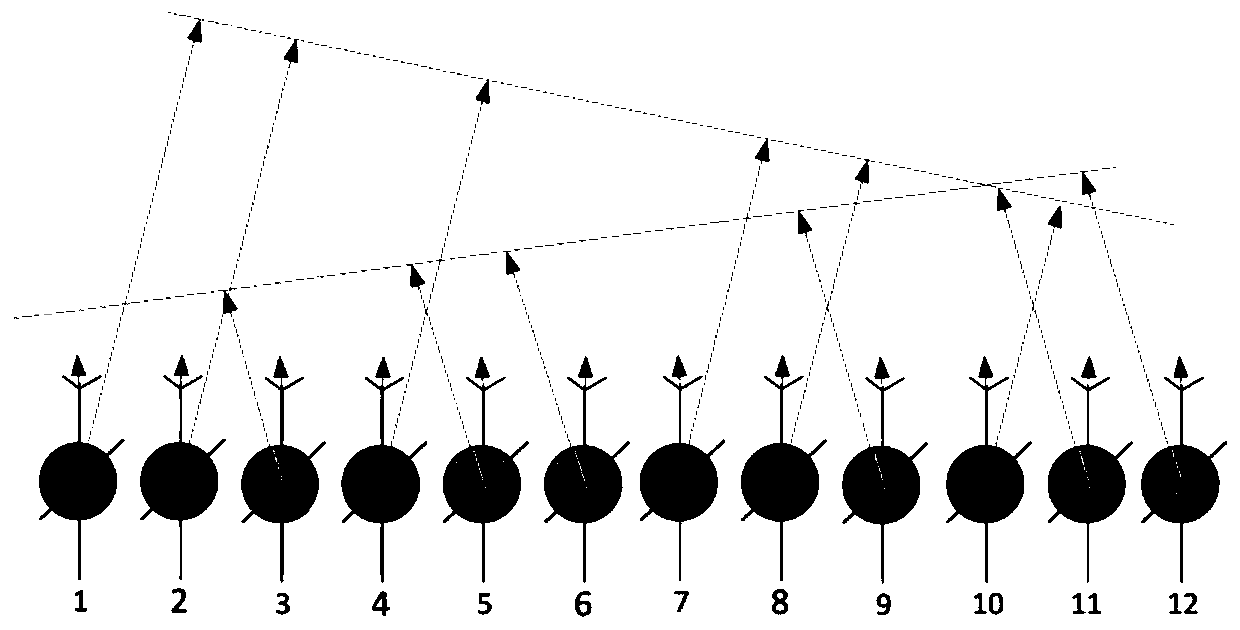A low-grating-lobe multi-beam scanning method and system based on a spatial light modulator
A technology of spatial light modulator and scanning method, which is applied in the field of optical scanning, can solve the problems of pixel size grating lobe phenomenon, the inconvenience of phased array multi-beam technology, etc., and achieve the effect of reducing energy
- Summary
- Abstract
- Description
- Claims
- Application Information
AI Technical Summary
Problems solved by technology
Method used
Image
Examples
specific Embodiment approach 1
[0028] Specific implementation mode one: combine Figure 1 to Figure 6 This embodiment will be described. The liquid crystal spatial light modulator-based phased array low-lobe multi-beam scanning system described in this embodiment has two implementation forms, and the spatial light modulator may be a reflective spatial light modulator or a transmissive spatial light modulator.
[0029] When it is a reflective spatial light modulator, such as Figure 4 As shown, the system settings are as follows:
[0030] Laser instrument (1), polarizer (2), beam splitting prism (3), liquid crystal spatial light modulator (4-1), polarizer (5), lens (6) and CCD (7); laser instrument (1) The emitted parallel light beams are incident on the liquid crystal spatial light modulator (4-1) through the polarizer (2) and the dichroic prism (3), and the phase modulation of the liquid crystal spatial light modulator (4-1) produces multi-beams, which are incident on the light splitter The prism (3), a...
specific Embodiment approach 2
[0046] Embodiment 2: In Embodiment 1, it is demonstrated that two sets of beams with low grating lobes are generated by using a pixel group formed by selecting non-uniformly distributed pixel points. This method is still valid when more than two sets of beams need to be generated.
[0047] That is, when it is necessary to generate n groups of beams synchronously, it needs to contain n(n+1) pixels in one cycle; the first one contains n+1 pixels, 2 pixels point to the first beam, and the remaining n- One pixel points to other n-1 beams; the second one contains n+1 pixels, 2 pixels point to the second beam, and the remaining n-1 pixels point to other n-1 beams respectively ; By analogy, the nth one contains n+1 pixels, 2 pixels point to the nth beam, and the remaining n-1 pixels point to other n-1 beams respectively.
[0048] After the grouping is completed, the pixel differences between the rows and columns of the pixels in each group of beams are set in the manner described in...
PUM
 Login to View More
Login to View More Abstract
Description
Claims
Application Information
 Login to View More
Login to View More - R&D
- Intellectual Property
- Life Sciences
- Materials
- Tech Scout
- Unparalleled Data Quality
- Higher Quality Content
- 60% Fewer Hallucinations
Browse by: Latest US Patents, China's latest patents, Technical Efficacy Thesaurus, Application Domain, Technology Topic, Popular Technical Reports.
© 2025 PatSnap. All rights reserved.Legal|Privacy policy|Modern Slavery Act Transparency Statement|Sitemap|About US| Contact US: help@patsnap.com



